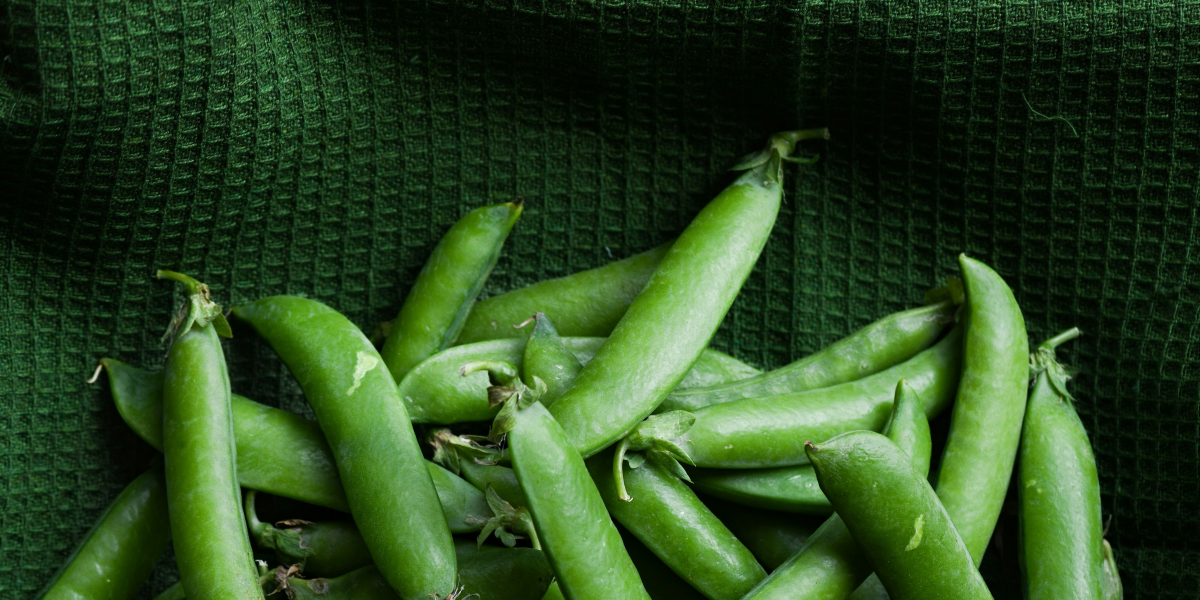In a world of ever-changing nutrition advice, soy has endured as one of the most misunderstood foods on the planet. Once hailed as a superfood and dietary staple in cultures known for their longevity, soy has, in recent decades, been vilified in Western wellness circles—especially in the context of hormone-related cancers. But does soy deserve the bad reputation it’s often given? Mounting scientific evidence and global health trends suggest otherwise.
Let’s set the record straight: not all soy is created equal. The type of soy being consumed—specifically whether it’s genetically modified (GMO) or not—plays a critical role in its health effects. While genetically modified soy makes up approximately 95% of U.S.-grown soybeans and carries legitimate concerns due to unnatural DNA combinations (including sequences from bacteria and even mice), this is vastly different from the non-GMO soy consumed for thousands of years in traditional diets across Asia.
And it’s that traditional, non-GMO soy that’s worth a second look.
A Common-Sense Contradiction
The fear surrounding soy largely hinges on the claim that it contains estrogen-like compounds that may increase the risk of hormonally mediated cancers such as breast and prostate cancer. Yet, a simple comparison of global dietary patterns tells a different story.
Asian populations—particularly in Japan and parts of China—consume up to 10 times more soy than their Western counterparts. Despite this, these populations exhibit significantly lower rates of breast and prostate cancer. In fact, a study cited in The Journal of the American Medical Association noted that Japanese women have four times fewer incidences of breast cancer than American women. Perhaps even more telling is that when Japanese women relocate to Western countries and adopt a Western diet, their cancer rates rise to match the rates of their host country—despite their genetics remaining unchanged.
This points to something not often emphasized in soy debates: context matters. The type of soy, the rest of the diet, and environmental factors all influence outcomes.
Clearing Up the Confusion
Much of the confusion stems from an outdated misclassification. Decades ago, researchers mistakenly identified compounds in soy called isoflavones as estrogen. While these plant-based compounds share a molecular similarity with estrogen, they are not the same. Estrogen is produced by animals (including humans), not plants.
However, these isoflavones can bind to estrogen receptor sites on human cells. Here’s the crucial distinction: rather than triggering harmful estrogenic effects, they may block stronger, more harmful forms of estrogen from binding—effectively offering a protective effect against certain hormone-driven cancers.
In short, soy doesn’t fuel estrogen-sensitive cancers; it may actually help fight them.

Photo courtesy: Unsplash.com
The Science Says: Soy Is Safe—and Beneficial
In recent years, world-renowned health institutions have updated their guidance on soy. The University of Texas MD Anderson Cancer Center notes that soy consumption may benefit breast cancer survivors. Their research now suggests that soy is safe to include as part of a balanced diet for those in recovery.
Similarly, the Journal of the American Medical Association published findings indicating that women with breast cancer who consume more non-GMO soy are less likely to experience recurrence than those who eat little or none.
The American Cancer Society adds that soy protein isolate—often used in research for its purity—has shown no harmful effects in clinical trials. And perhaps most notably, Stanford School of Medicine states that soy is not only a reliable protein source but that it may help reduce the risk of hormone-related cancers, including prostate and breast cancer.
These statements from trusted institutions mark a decisive shift from soy fear to soy favor.
So, Should You Eat Soy?
If you’re consuming non-GMO, minimally processed soy—such as edamame, tempeh, tofu, or traditional soy milk—the answer appears to be a resounding yes. These forms of soy retain their full spectrum of nutrients, including fiber, vitamins, minerals, and beneficial phytonutrients. They are a staple in many plant-forward diets and offer a sustainable, affordable protein option.
The key is avoiding the highly processed, genetically modified versions found in many packaged foods. If you’re reading an ingredient list and see “soy protein concentrate” or “hydrolyzed soy,” it’s likely not the kind of soy health experts are encouraging.
Final Thoughts
In an age where chronic disease is on the rise and misinformation spreads rapidly, it’s important to base dietary decisions on sound science rather than outdated fears or food fads. When it comes to soy, separating fact from fiction could improve health outcomes for millions—especially in the West, where lifestyle diseases are prevalent.
Far from being harmful, non-GMO soy appears to be a powerful ally in disease prevention, hormonal balance, and overall nutrition. And that’s not just an opinion—it’s the conclusion of decades of evolving research and real-world evidence.
So the next time you enjoy a soy product derived from non-gmo, organically grown soy, you can feel confident that soy isn’t a threat to your health. In fact, it just might be a vital part of restoring it.
Disclaimer: The statements made in this article have not been evaluated by the Food and Drug Administration (FDA). This article is for informational purposes only and does not constitute medical advice. Individuals should consult a healthcare professional before making significant changes to their diet, especially those with hormone-related health conditions.









